Recurring billing is one of the hottest strategies in digital marketing, especially for SaaS providers. Right now, the trend is spreading faster than a Katy Perry song.
Recurring billing — or we can call it the “subscription business model” — is the new black of Internet marketing. SaaS marketers know all about it, but you don’t have to sell software to bill your customers monthly. You can start a subscription business to sell shaving products, provide kibble for cats, put flowers in hotel lobbies, or even store people’s junk.
This trend is called “the subscription economy,” and once you get a whiff of its success, you’ll probably be texting your CFO to see how quickly you can switch to a recurring billing model. And with tools such as Stripe, Chargify, CrateJoy, and ReCharge, it’s easier than ever to integrate recurring billing for even non-SaaS businesses.
I admire your eagerness but hold on just a minute. Before you jump into the trend, keep these four factors in mind.
1. Your product or service needs to work with recurring billing, and with some creativity, it probably can.
The most important point for a subscription service is that your product or service needs to warrant it.
Some of the most successful recurring billing companies have a built-in tilt towards subscription.
Amazon Prime is one of the best-known subscription services, with as many as 40 million subscribers. Prime members get free two-day shipping, streaming movies, lots of streaming music, unlimited photo storage, and Kindle book borrowing. Of course, none of it is “free,” but it’s enough awesomeness to make you feel like you’re getting a killer deal. And truly, a lot of people are getting killer deal, despite paying (or because they are paying) $100 annually for the service.
Why is Amazon Prime such a great deal? Because the products and services lend themselves naturally to a subscription model. It’s easy to monetize an annual or monthly plan to get your streaming videos, music, and quick shipping.
But let’s take a look beyond Amazon Prime, whose recurring subscription is an obvious fit. What about something a bit less obvious — like shaving products?
Dollar Shave Club has nailed it. A lot of guys want to shave their facial hair. For just a few bucks a month, they can get their razors and shaving swag mailed to their doorstep by a company that gets it.
Besides, when was the last time shaving looked this cool?
Beyond the chainsaw-wielding front man of the Dollar Shave Club is a model that works. Dudes shave. They pay money. They get stuff — month after month after month. With a bit of creative thinking, Dollar Shave Club has found a product that works for the model they want. Hello, subscription economy.
Let’s take this to an even more advanced level. Streaming video — got it. New razors every month — okay. But where else can the subscription economy go?
Let’s take a few of some subscription models that went right past the obvious and into uncharted territories.
SurfAir – Flying
Subscription flying service? Why not? For the frequent travelers in the world, a monthly fee for airplane flights makes complete sense. SurfAir branded themselves as “the future of flying,” and throw in a lot of perks like free parking and hassle-free check-in to make the process simple.
Bespoke Post – Clothing and accessories
There are plenty of successful subscription services that cater to the fashion sensitive or fashionable wannabes. Bespoke is one of them. By creating a sense of exclusivity and a service of convenience, Bespoke Post creates value for their customers and a subscription model for themselves.
ThriveWorks — Counseling
Counseling? Yes, counseling. It’s necessary. It costs money. And it usually takes place more than just once. The counseling itself doesn’t require a subscription, of course. However, those who do choose to subscribe to ThriveWorks membership are given preferred appointments, a greater level of access to counselors, and unlimited coaching questions online.
The reason I showed those five businesses to you, is because the subscription model works for a wide variety of verticals. All kinds of businesses are using a subscription-based model, because it makes total business sense, and the truly valuable customer loves it.
I want to offer a word of caution. Not every business can create a subscription. I’m convinced that with a dash of creative thinking, there’s a place for subscription in most businesses. To be realistic, however, it’s not going to work in some businesses.
Alex Zhardanovsky, founder of the subscription service PetFlow.com, is a passionate supporter of the subscription model. But even he scoffs at some of the businesses trying to sneak in recurring billing. Regarding a proposal for a sock-of-the-month service, he said, “How many pairs of socks does a guy really need? Once I get a few months’ worth, I’ll cancel, and that’s not a good subscription model.”
Maybe it is. Maybe it isn’t. Maybe there’s a group of sock lovers out there who are craving just such a membership.
How do you know if your business can sustain recurring billing? First, read the rest of this article. Then, come up with a service or product that warrants recurring billing. Third, run a pilot test. See what the market looks like, then go wild on the success.
2. Setting up subscription billing is easier said than done. It will cost time and money.
Recurring billing may just be “the holy grail” (Zhardanovsky’s term) of business. It may have “broad and lasting potential.” But how easy is it to start your own subscription service?
Not very.
There are easy options for launching an Etsy store, getting online payments, and setting up a Shopify site. But recurring billing? Until recently, it’s been a challenge to set up a custom approach for a subscription service that works, especially one that has customer options and is designed to match the unique needs of a product or service.
The developers of Le Tote tried to do recurring billing. The idea was a good one. Customers could rent three garments and two accessories for as long as they want, so long as they paid each month.
But how could they get the payments each month?
Options were limited and expensive. According to New York Times interview with a couple of startup founders, “[Le Tote] paid hundreds of thousands of dollars to hire professional software engineers to build the subscription functionality for them.”
Another subscription service, A Little Bundle, provides curated boxes of goodies for moms and babies.
But even with a recurring billing system in place (hard enough to set up), customers had to send an email to the company if they wanted to change their preferences. The founder, Annie Lin, spent a lot of her time manually changing credit card information or clothing sizes.
That can get tiring.
So how can you manage the complexity of recurring billing without losing your mind? Unless you’re a development genius, or employ said development genius, then you’ll need to find a service that can help you out with recurring billing. In an ironic twist, you’ll probably need to use a recurring payment in order to make your recurring payment work.
Here’s a list of some of the companies that manage recurring billing:
- paysimple.com
- monexa.com
- braintreepayments.com
- recurly.com
- chargify.com
- stripe.com
- 2checkout.com
- zuora.com
- chargebee.com
- moonclerk.com
3. Provide an experience, not just a plain vanilla service.
The most successful recurring billing services get a lot of things right. They are a good deal (Amazon Prime), they have unique products (Standard Cocoa), they’re convenient (SprezzaBox), and they are often sort of necessary (PetFlow).
But there’s a deeper level — a psychological one — why these subscription services attract and keep customers who are fiercely loyal.
It’s all about the experience.
As an example of this, take NatureBox. As a food subscription service, NatureBox had to set themselves apart somehow. Food subscription is crowded with contestants. NatureBox was determined to succeed.
The way they did it was by focusing on experience. Founder Gautam Gupta challenges subscription businesses to focus on the customer, and their deep craving for a unique and satisfying experience. He tells business owners to ask this question: “How do you make the experience unique?”
VentureBeat’s review of recurring business models emphasizes this truth. “Subscription…improves the customer experience… the product quality and experience improves…it means an easy and efficient experience.”
Experience is the sine qua non of the recurring billing model, because without that valuable experience there is no such thing as a viable business. VentureBeat alluded to it: Experience affects every area of the business — the website, the billing process, the product itself, the packaging, the customer service, the brand…nothing is outside the realm of experience.
If you start a recurring billing service, then your first task is to understand the customer journey. A research piece from MIT explains how managers can shape the customer experience. In order to create the right experience, “companies must gain an understanding of the customer’s journey — from the expectations they have before the experience occurs to the assessments they are likely to make when it’s over.”
The journey of recurring billing is deeper and more lasting than the customer journey for a one-off purchase. With single purchases, there’s usually an option to return the item. Worst case scenario, if you make a purchase that you don’t like, then you’re simply stuck with a single unnecessary item. No harm, no foul.
Subscription services take it to a deeper level. The customer is prepared to make a purchase that could keep repeating itself for months, maybe years. The experience leading up to and following from that point are extremely significant for that customer’s retention.
One company that does an outstanding job of shaping experience is KiwiCrate. KiwiCrate provides a monthly craft for children to work on. The website itself gives you a sense of the kind of experience that children and parents can expect.
KiwiCrate’s experience is precisely what parents of children are looking for — discovery, adventure, learning, engagement. Better yet, parents are invited to be part of the process with their children, helping to deepen parent-child relationships. The monthly crates are beautiful, easy to unpack, and exciting for the child to explore. Everything about KiwiCrate is designed to develop an experience that is unforgettable and worth repeating.
Customer experience research states that there are at least four features that help to create a positive experience. These four points, popularized by Hoffman and Novak, are explained in their Marketing Science article:
- High levels of control
- High levels of challenge and arousal
- Focused attention
- Enhanced by interactivity and telepresence
Although their advice was targeted to an older model of web navigation, the general principles hold true for the experience of a recurring billing customer. As a noteworthy Harvard Business Review article plainly stated, “Customer experience encompasses every aspect of a company’s offering.”
4. You need to worry about dunning.
What the heck is dunning?
In its dictionary definition, dunning is to “make persistent demands on (someone), especially for payment of a debt.”
In recurring billing, it’s a necessary evil. When you start your subscription service, you can’t merely expect for the money to freely flow into your coffers. Credit cards expire about every three years. Credit cards get canceled for the darndest reasons. Credit cards hit spend limits. Credit cards get separated from their owners.
Recurring billing is great, but like any other form of payment, it has unique challenges. Dunning is one of those challenges. If you manage dunning yourself, you’ll have to create systems and processes for counter checking cards, sending email reminders, anticipating expiration dates, suspending accounts, communicating with suspended accounts, discontinuing product delivery for nonpaying accounts, retrying declined cards, and investigating the causes for declined payments.
Sounds like a hassle, huh? Some companies provide exclusive dunning management services, thus allowing you to focus on other aspects of the business. If you do some research, you can find a recurring payment service that also manages dunning.
Conclusion
In spite of its challenges, recurring billing is an industry game changer. If you don’t start a subscription component to your business, then you’ll have to compete with companies in your industry that do.
Inc. calls subscription businesses “pure genius” which is precisely John Warrillow’s perspective: “It’s the perfect business model because it provides the greatest value to both the entrepreneur and the customer.”
Which would you rather have — a customer who buys a single product one time, or a customer who buys a product every single month? The subscription model bakes in one of the most integral issues in all of commerce — repeat customers.
What’s your current business challenge? How could recurring billing transform that challenge?
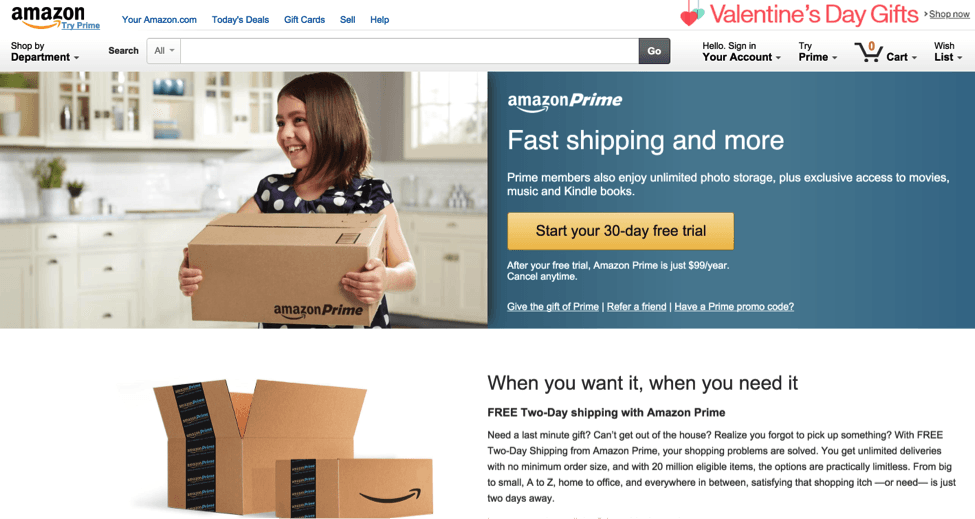
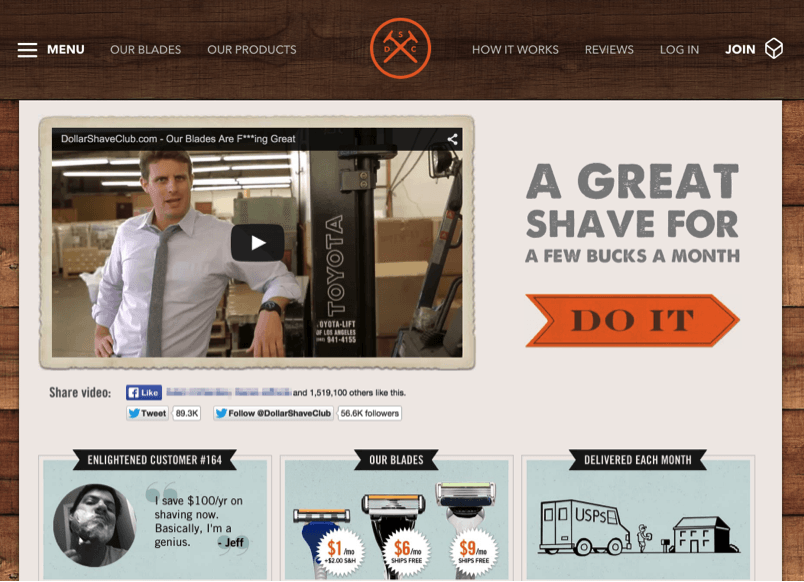

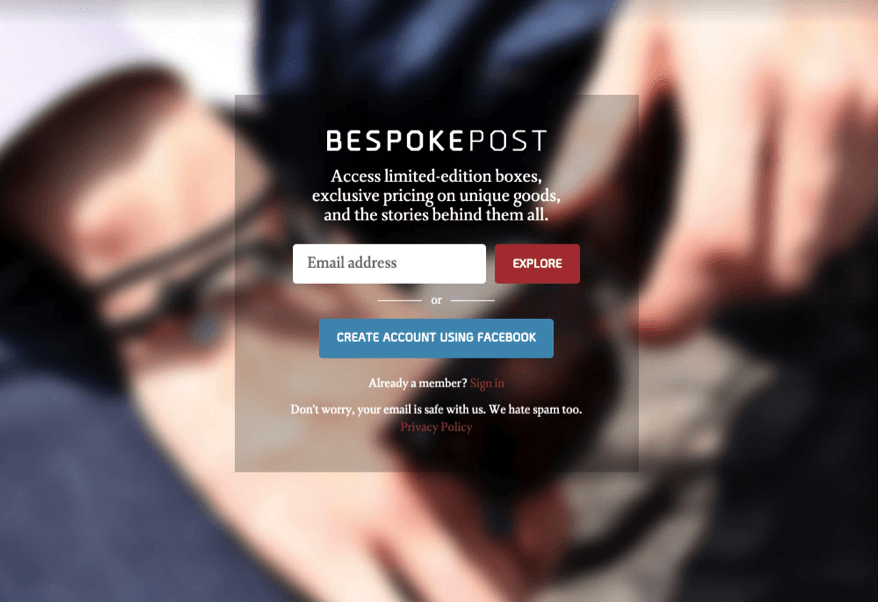
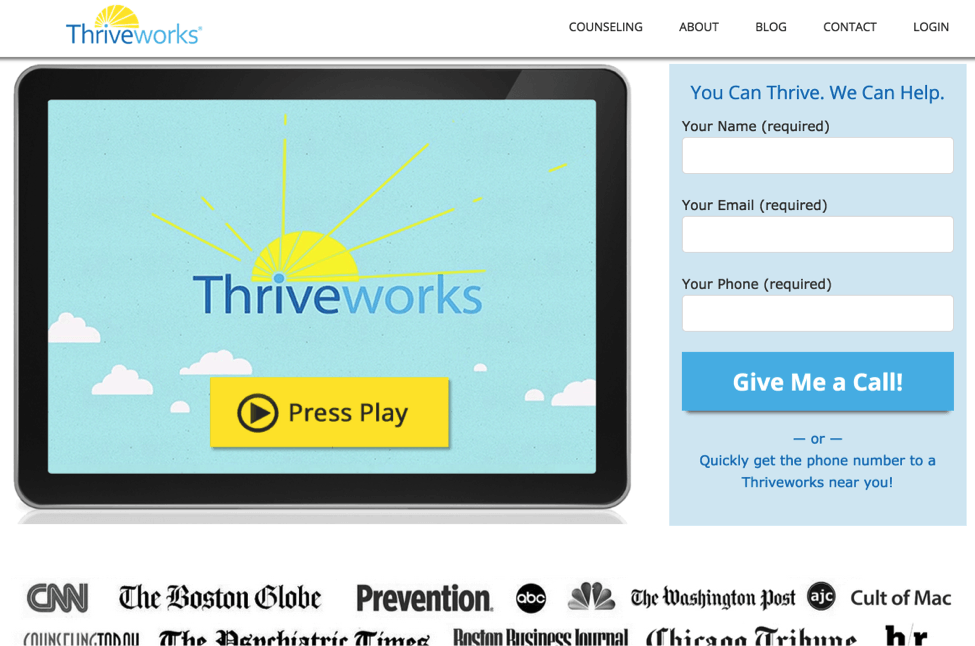

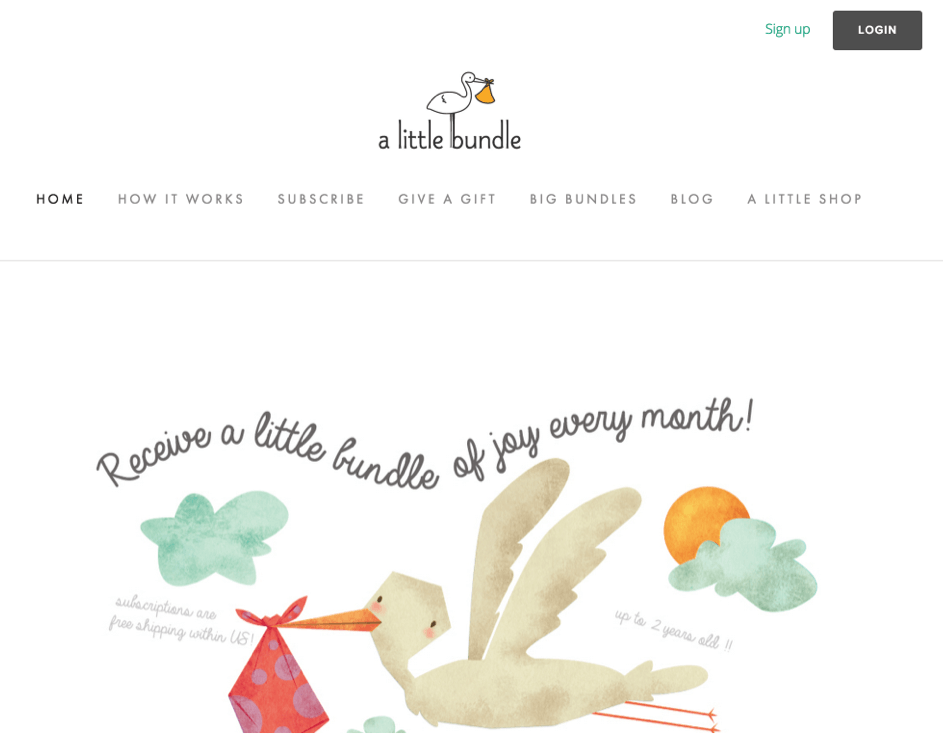

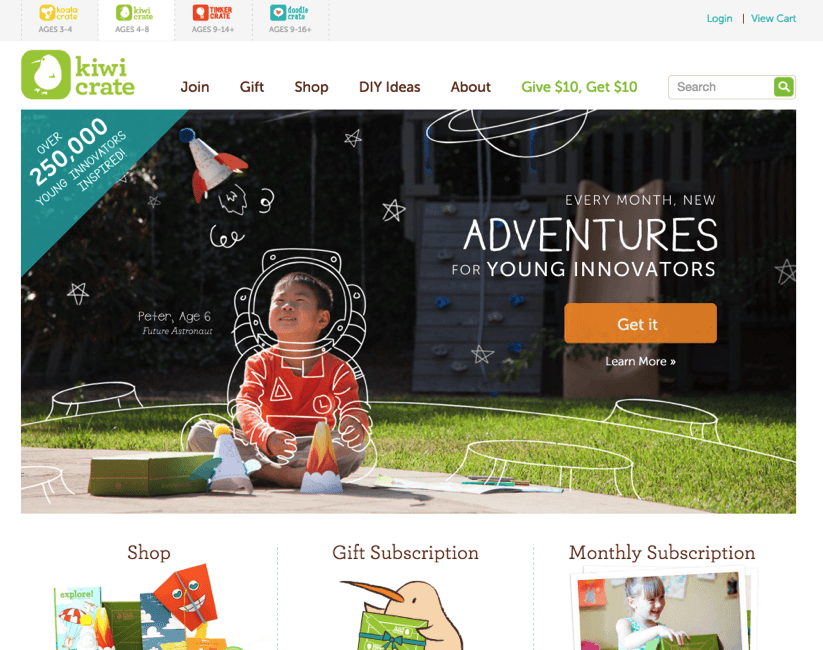
Comments (6)